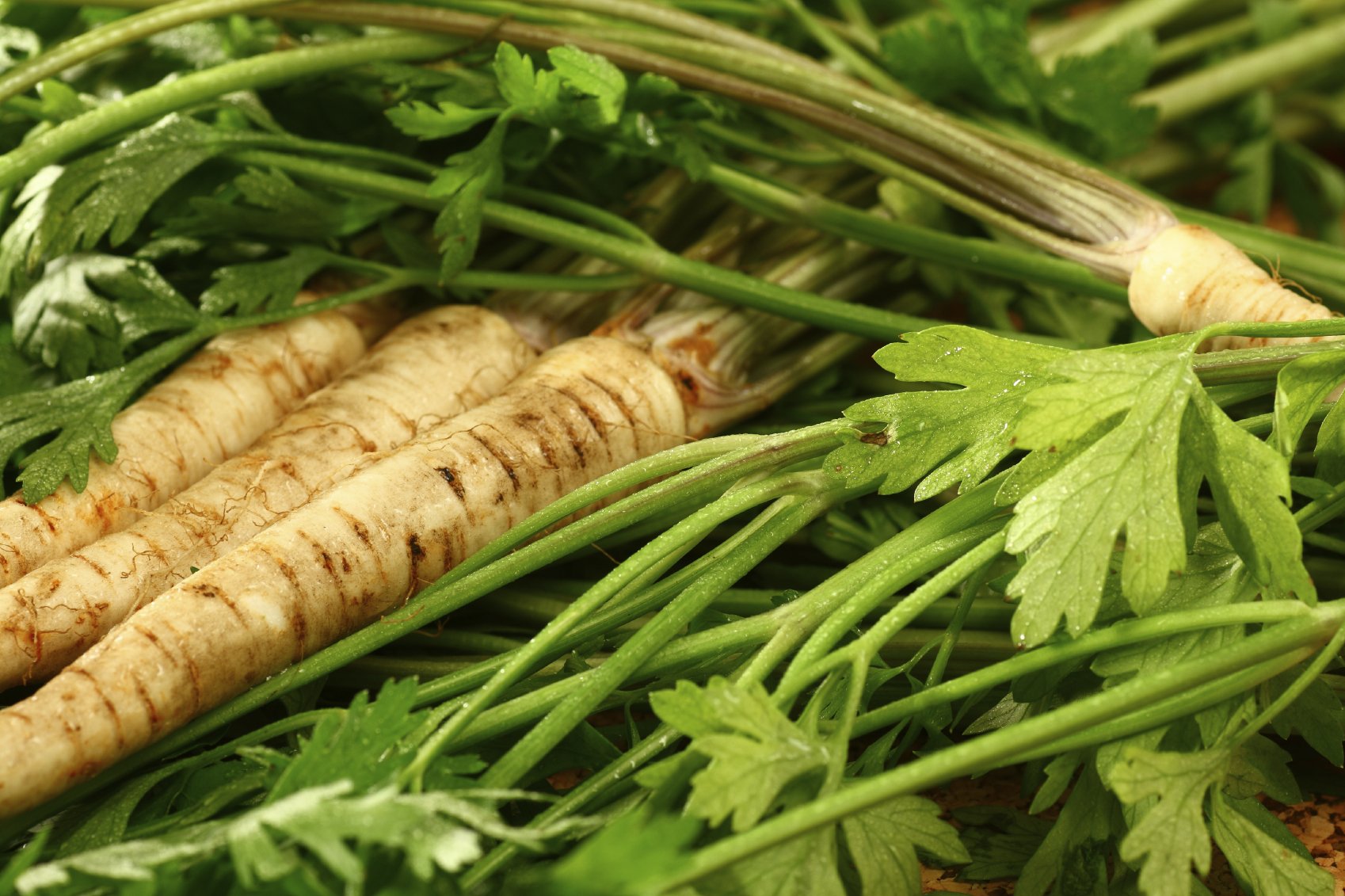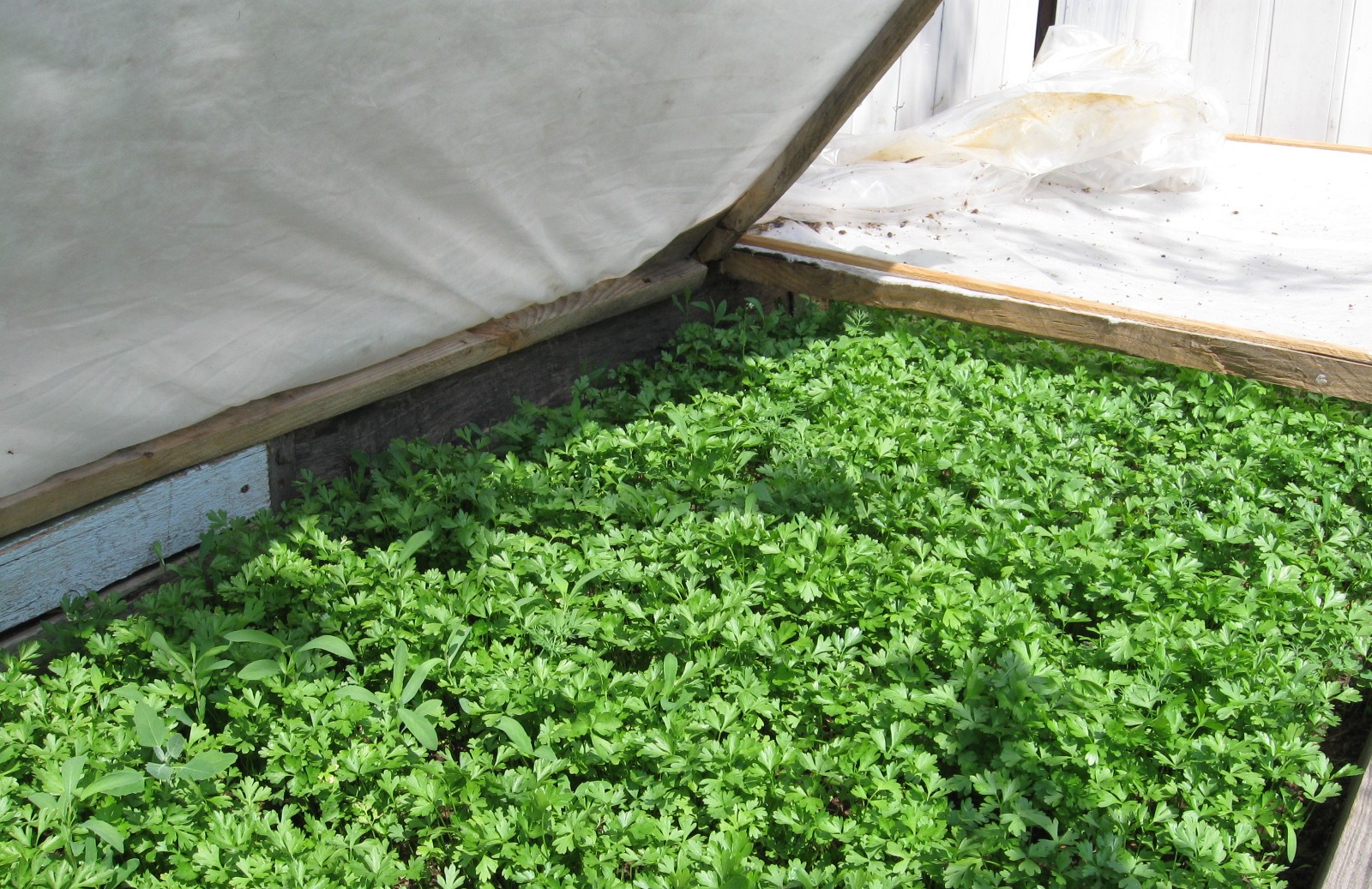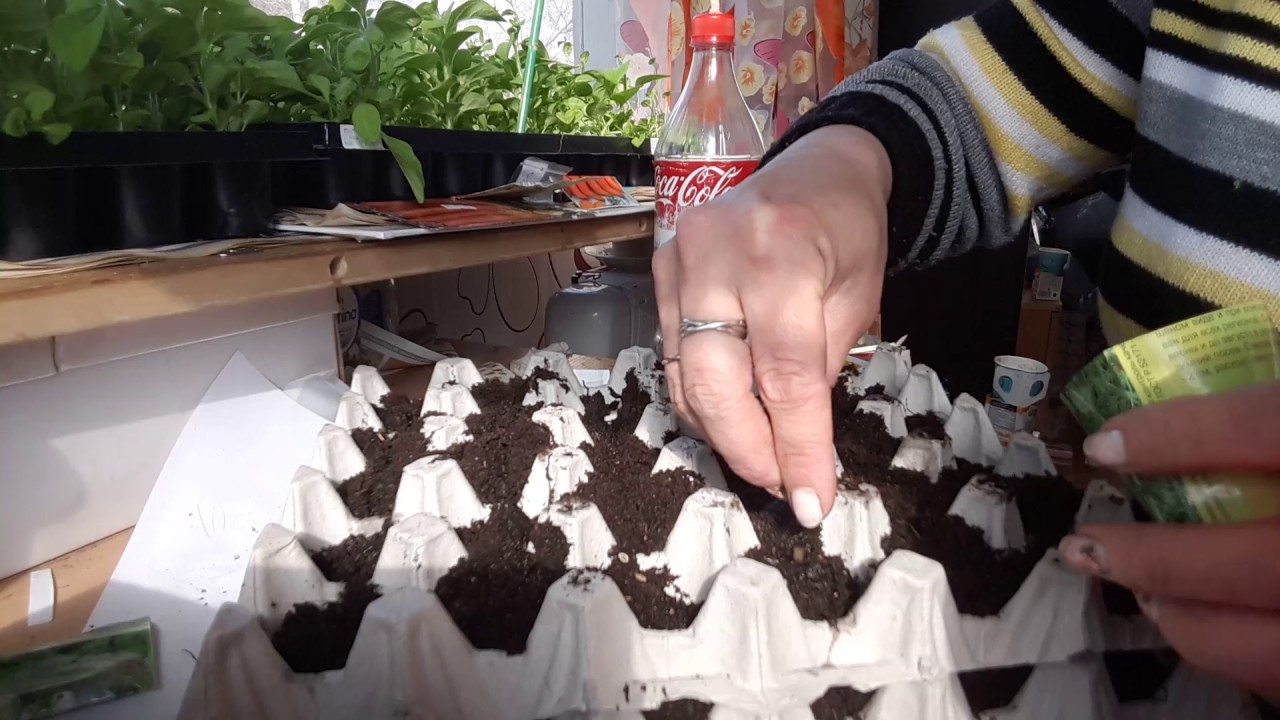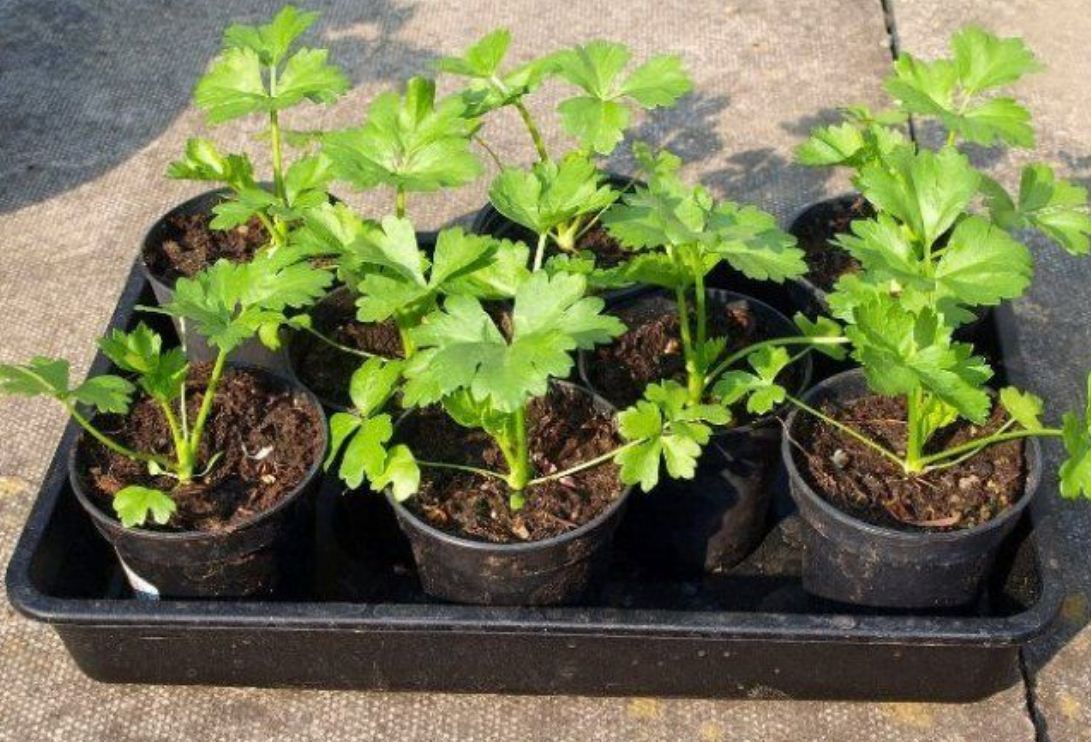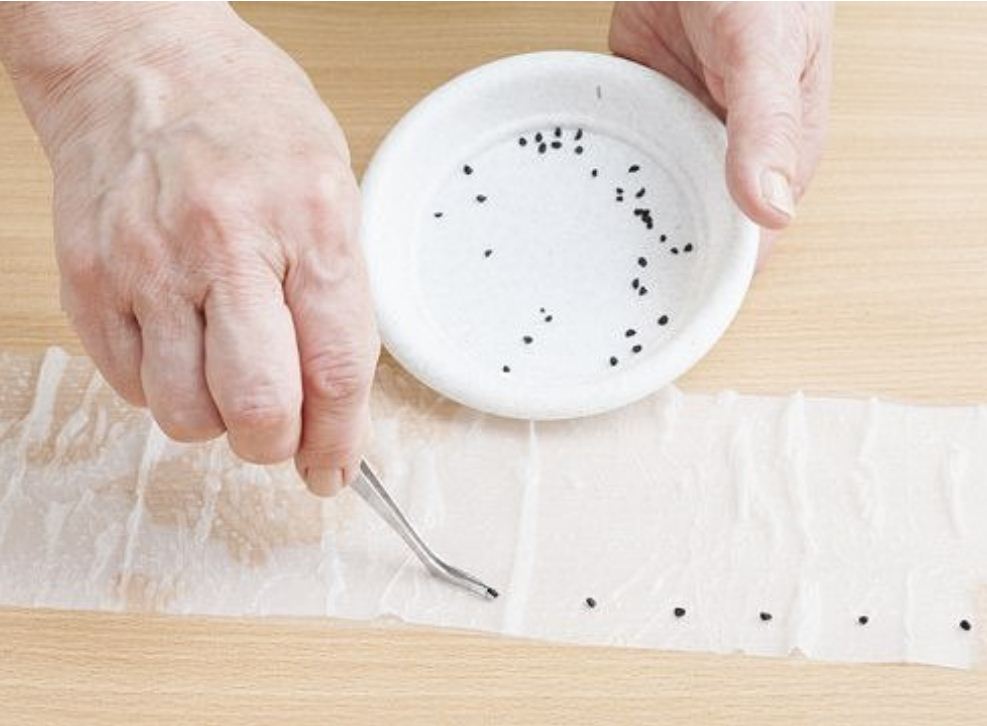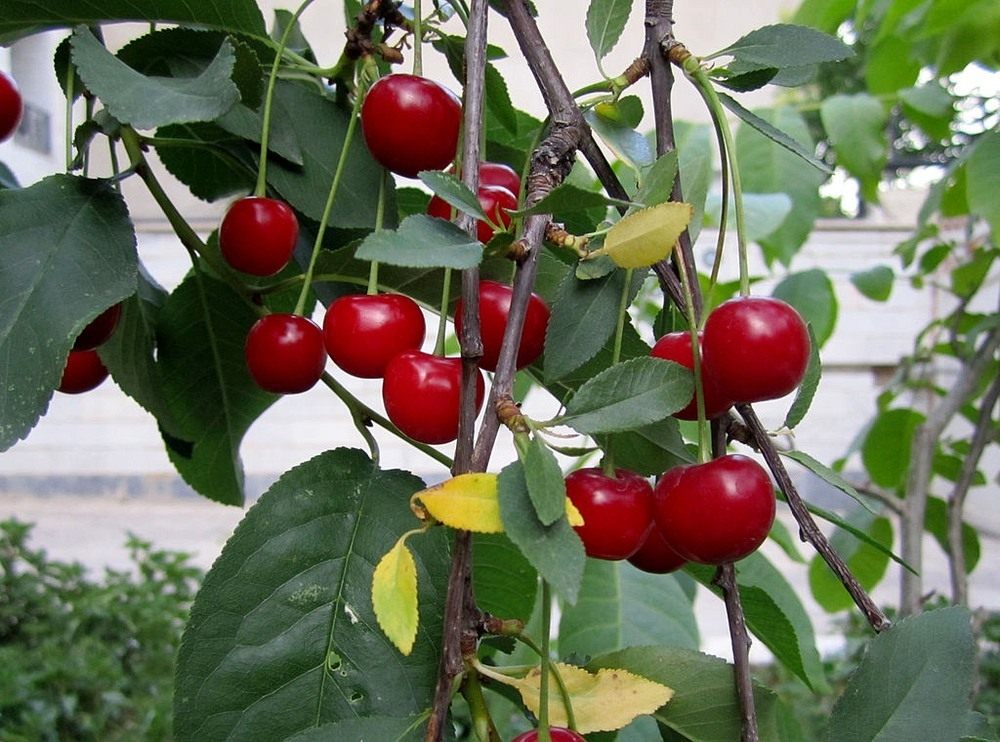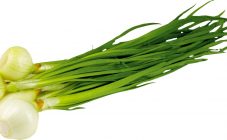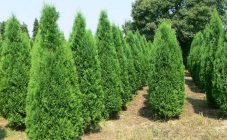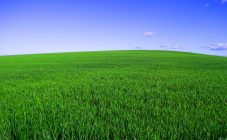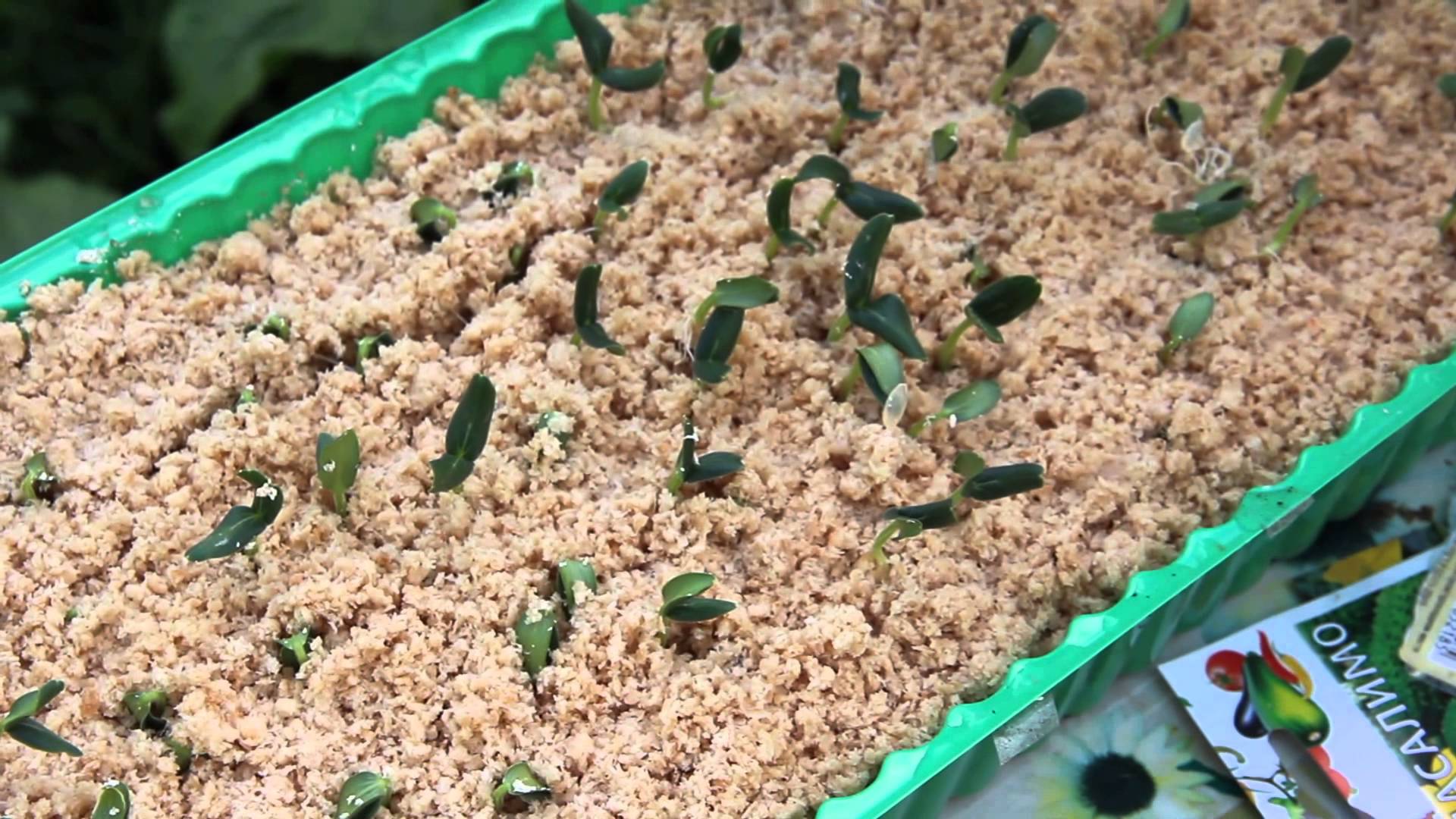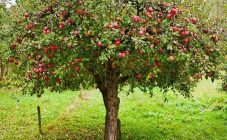Content:
Parsley is one of the most common crops grown by gardeners. It is unpretentious to care for, fruitful, and the leaves and roots contain a large amount of vitamins, minerals and trace elements. Due to the fact that it contains aromatic substances, the plant is indispensable as a seasoning for first and second courses, salads, etc. Used in folk medicine and cosmetology.
Description of culture
Parsley is a biennial plant in the umbrella family. It has a branched erect stem with shiny triangular double-crossed leaves.
Distinguish between leaf and root varieties. Grown throughout the country, as well as in America, most European countries, Asia and Africa.
In the first year of life, the plant forms a root crop and a leaf rosette. In the second year, parsley forms seeds. It blooms in the second half of summer with greenish-yellow flowers.
Roots and leaves are used in cooking.
Agrotechnics
The plant is not particularly whimsical, however, in order to grow a high yield, it is necessary to follow the basic rules of agricultural technology for this crop.
The most optimal planting time is early spring or late autumn.
Despite the fact that parsley tolerates shade, it is best to plant it in an area with good lighting to get a good harvest.
The growing soil should be loose, with a high organic content. The plant grows well on sandy loam soils or loam. The best predecessors for her are onions, cucumbers, zucchini, pumpkins or tomatoes.
Reproduction of culture
The green vegetable is propagated by seeds.
Planting is done in two ways: seedling and seedling.
Parsley is grown in a seedling way if you plan to get greens early.
However, cultivation is most often practiced by sowing seeds directly on the site. In open ground, you can sow seeds in late March - early April. So that the seedlings appear faster, the moistened beds are covered with plastic wrap or agrofibre.
If the testes are not removed in time, the plant will multiply by self-seeding.
For gardeners who plan to get an early harvest of this crop, the question may arise of how to plant parsley for seedlings correctly.
Growing with seedlings
Seed preparation
First you need to prepare the seeds. In principle, this stage can be omitted, but in this case it will take a longer period for the seeds to germinate.
The thing is that the parsley seed is covered with a shell of essential oils, which makes it difficult for water to access the seed. If it is not destroyed, then the emergence of plants is expected no earlier than 15-20 days.
In order to remove the shell, such methods are used. The seeds are placed in a gauze bag, which is then placed in a container with hot water. The second way is to place the seeds in vodka for 15-20 minutes. Then they are thoroughly washed. Then the seeds are left in a damp cloth until they hatch for 2-3 days.
Growing seedlings in containers
You can grow seedlings in flower pots or boxes.To plant parsley for seedlings at home, gardeners use seedling containers, which are sold in special stores, as well as cardboard boxes for eggs.
The containers are filled with garden soil.
If boxes are used for growing seedlings, then grooves about 1 cm deep are made along the entire length, into which the prepared seeds are planted.
If seedling containers are used for planting, then a depression is made in them, into which the seed is then laid.
After planting, the grooves are covered with earth and carefully watered so as not to wash the seed to the surface.
After that, the container is closed on top with polyethylene and placed in a warm place. The polyethylene layer will not allow moisture to evaporate, and additional watering may not be needed. You can use glass instead of polyethylene.
Finally, the film is removed after the plant has the first true parsley leaf.
During this time, watering must be done very carefully so as not to damage the young plants.
Picking
After the appearance of the second leaf (about a month after planting), you need to pick the parsley, and plant the plants. You need to plant seedlings in prepared boxes at a distance of 5 cm from each other.
Is it possible not to transplant parsley? It is possible, but only if the distance between the seedlings is sufficient for their development.
At this stage, care consists in watering and loosening the soil.
Transplanting
After the period of spring frosts has ended (about the beginning of May), the finished planting material can be planted in open ground.
What to do when growing root varieties, and is it possible to transplant seedlings of such parsley? In principle, you can, although not all gardeners recommend doing this. The sapling must be taken out of the container along with a clod of earth and carefully, so as not to destroy the clod, plant it in a permanent place. In this case, the roots of the root parsley seedlings will be minimally damaged.
Landless planting of seedlings
If there is no desire or opportunity to grow seedlings in the ground, you can use a roll-up or a snail.
Carry out a roll-up as follows. A layer of toilet paper is placed on a plastic wrap about 10 cm wide and sprinkled with water. From above, stepping back 1-1.5 cm from the edge, spread the seeds at a distance of 4-5 cm.
After all the seeds have been placed, cover this "cake" on top again with a layer of polyethylene paper.
Further, this structure is rolled into a roll. So that it does not disintegrate, it is fixed with an elastic band.
The roll-up is placed in a container with water (about 4-5 cm), and the structure is covered with a plastic bag on top.
Thanks to this system, the seeds will always be moist, but not waterlogged.
After emergence, they can be fed. To do this, add complete mineral fertilizer to the glass of water containing the snail. In order not to damage the plant, use half the concentration of the solution compared to the recommended one.
Culture care
Parsley, as a garden crop, does not require special care. To obtain a good harvest, it is necessary to periodically water, loosen and remove weeds.
If the greens are grown for fresh consumption, then it is necessary to organize the correct watering. With insufficient soil moisture, rosettes with coarse leaves grow. However, with a lack of moisture, the leaf mass accumulates more aromatic oils.Therefore, two weeks before the harvest, they stop watering the plants, the leaves of which are intended for drying for the winter.
It is best to water the plants in the morning or evening to prevent sunburn on them.
Also, to obtain a large amount of green mass, it is necessary to feed.
Leaf parsley is fed several times a season with saltpeter (50 g per 10 m2 plot), root parsley - with phosphorus-potassium fertilizers.
Thus, the seedling method of planting allows you to get an early harvest of parsley.
